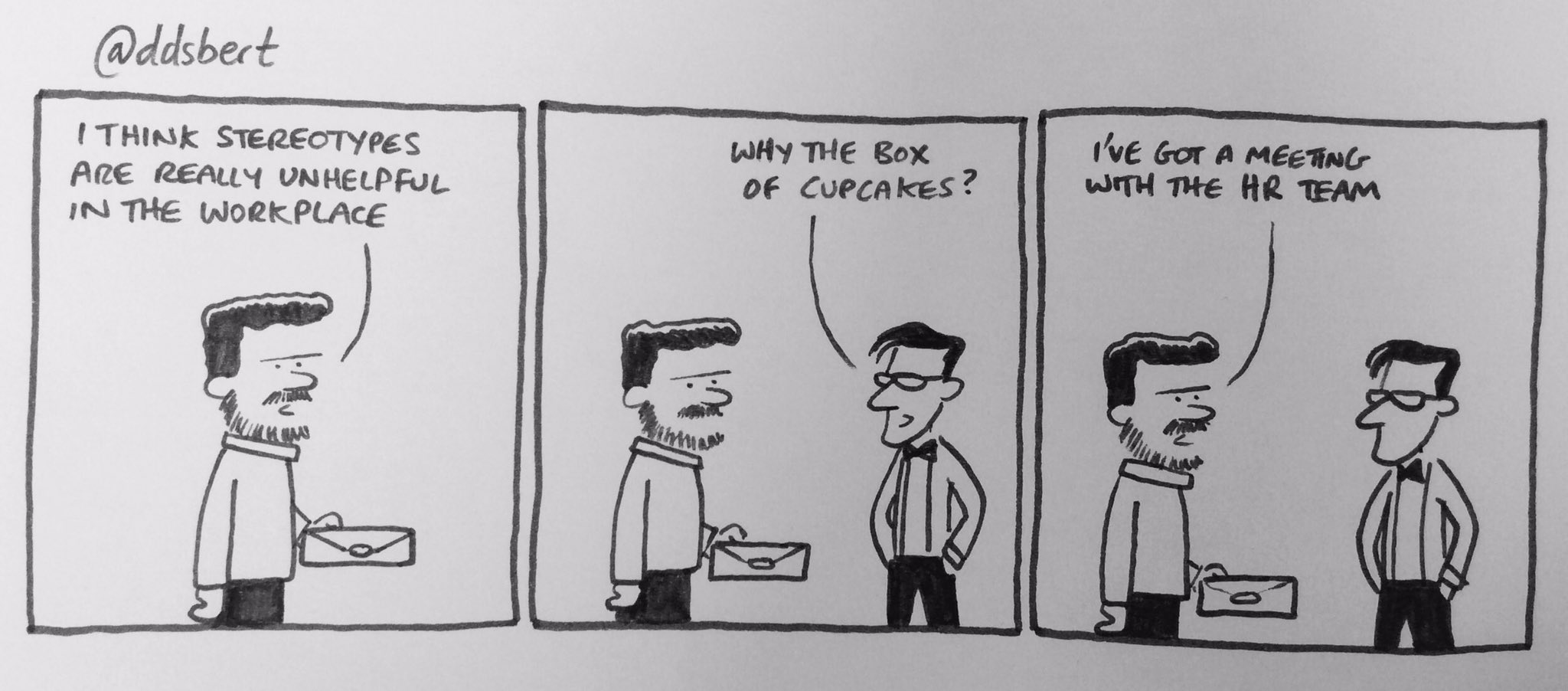I'm sitting at a bar in an airport, sipping champagne and basically being cool. People look at me like they know just how cool I am. I'm cool. You can consider yourself cool by association simply by reading this post. How do you know you've made it in HR? HR is, of course, the most … Continue reading What’s success?
Month: March 2014
Change Management – Pooh Bear, Superman, Wardrobes and Beer Mats
I want to talk to you about changes to the way we think about change. I want to leave you unsure as to whether I believe what I’m saying – but sure that the questions are worth asking. I was asked to speak on how to change people and working in organisational development and, having … Continue reading Change Management – Pooh Bear, Superman, Wardrobes and Beer Mats
50 big ideas to change L and D
Absolutely brilliant constructive and pragmatic thoughts on how to improve l+d. Direct, provoking and I love number 48. Bring autonomy to learning to increase chances of success and relevance
 Photo Credit: tashland via Compfightcc
Photo Credit: tashland via Compfightcc
I was struck by a post on the always interesting TeachThought again yesterday. I’ve referenced their work before and the post didn’t just impact on me; Jane Hart also saw it and in the spirit of celebrating the positive, this post is my nod to what they’ve done..
The post lists 50 ‘crazy’ ideas to change education. Some easily transfer across to workplace L&D, some not so much.
What I’ve done is use them as the basis of a new list of 50 big ideas. Our task is to take those 50 ideas and explain how and why we can/have/should make it happen. Alternatively, why they shouldn’t.
So, the big 50…
- Make connectivity and sharing a catalyst for all learning.
- Stop claiming every person will be competent.
- Have people design their own quality criteria, and develop frameworks to help them understand how.
View original post 685 more words
Shaping – the end
This post is combined with Part 1 and Part 2 to complete, hopefully, the first revision of a speech for Worktech. In the previous sections we've covered Winnie the Pooh, existentialism, The Ikea Effect, Superman and Heraclitus. In this section we whizz through nudge theory, competing with China and the beermat test. ------- So we can't … Continue reading Shaping – the end
Let The Pigeon See The Hole
I’m getting into this reblogging thing. I’ll reblog posts when I wish I had written them. It seems a War is coming over the War for Talent. It involves human capital arguing with itself.

“THE WAR FOR TALENT”, “HUMAN CAPITAL” – divisive and unhelpful phrases that undermine our efforts to advance the hopes and aspirations of people at work.
“How so?”, I hear you ask.
Well, there are times when I’m surprised more people don’t run from their places of work at the end of the day like Patrick McGoohan in The Prisoner screaming “I am not a number, I am a free man!”
People are messy, contrary, complicated, complex lifeforms. We’re not neatly labelled. We don’t want to be pigeon-holed or reduced to digits on some CFO’s spreadsheet. You want creativity and innovation? Well, don’t refer to us as assets or resources. We’re not “talent”.
So much of the language we use in business is dehumanising to the point where we can move those digits around on the spreadsheet without concerning ourselves with the lives they represent. Euan Semple got it bang on…
View original post 117 more words
“War for Talent” – Keep the Name, Just Change the Rules
War. What is it good for? Maybe just the one thing. Interesting angle from Alex Moyle.
Missives from Sales guy in L&D
Yesterday I read a really passionate blog from Barry Flack (@barryjflack http://wp.me/p1ExTE-8o ) titled “What Did You Do In The War (For Talent) Daddy.”
The essence of his blog was that the “war” essentially spawned “testosterone-fuelled talent strategies” which commoditised the individual desire over organisational want.
My feelings on reading the blog were mixed. There were some things that I agreed with, but at the core I disagreed that the “war” in itself was a bad thing.
Whilst the phraseology of ‘war’ may be wrong, the essence of what it meant was of value to businesses and the economy as a whole. The McKinsey’s took “talent” to the top table and this was key in businesses recognising its people were an asset to be valued and fought for. There are some who are trying to turn their back on the phraseology of “war for talent”, Paul Maxin’s article that…
View original post 663 more words
It’s time to change! Thinking differently about organisational change
When people build on your thoughts with much better thoughts of their own...well that is the reason sharing make sense.
Shaping – Change Management – Part 2
This is the continuation of this first post on change management and snake oil. There was a largely positive response to the first piece - with the exception of one commenter who said my negativity about HR nearly made them stop reading. I think that negativity is necessary to provide the provocation to the listener … Continue reading Shaping – Change Management – Part 2
In bed
A few weeks ago my mother (of all people) let me know about a game. When you get a fortune cookie you have to read it out loud and add the words 'in bed' I got a fortune cookie. It read 'You have style and panache'. You see where this is going.... Anyway, a few … Continue reading In bed
SKIVE – The Unsurprising Truth About What De-motivates Us
Loved this piece by @SimonHeath1. Brief and brilliant.
Milan Kundera

I choose a lazy person to do a hard job. Because a lazy person will find an easy way to do it.
Bill Gates
Leadership is not about rank or privilege, but a responsibility towards people. It is an understandable desire of the newly minted manager to want to erect an edifice in his own image but we should resist the temptation to lean in with process and structure, throwing up roadblocks for our people to contend with. The first action of leadership should be to step back and observe. Secondly, to form authentic, non-obvious and revealing insights and to then form ideas from those insights. In doing so, we also need to recognise that one of the most significant barriers to the execution of ideas is ourselves and therefore remember to stay out of…
View original post 439 more words



